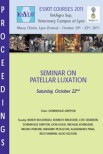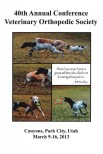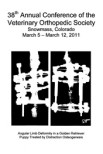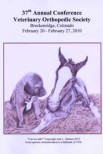Reasons for performing study: No previous study compares computed tomography (CT), contrast-enhanced computed tomography (CECT) and standing low-field magnetic resonance imaging (LFMRI) to detect lesions in horses with lameness localised to the foot. This study will help clinicians understand the limitations of these techniques.
Objectives: To determine if CT, CECT and LFMRI would identify lesions within the distal limb and document discrepancies with lesion distribution and lesion classification.
Methods: Lesions in specific structures identified on CT and MR images of feet (31 limbs) from the same horse were reviewed and compared. Distributions of lesions were compared using a Chi-squared test and techniques analysed using the paired marginal homogeneity test for concordance.
Results: Lesions of the deep digital flexor tendon (DDFT) were most common and CT/CECT identified more lesions than LFMRI. Deep digital flexor tendon lesions seen on LFMRI only were frequently distal to the proximal extent of the distal sesamoid and DDFT lesions seen on CT/CECT only were frequently proximal to the distal sesamoid. Lesions identified on LFMRI only were core (23.3%) or splits (43.3%), whereas lesions identified only on CT were abrasions (29.8%), core (15.8%), enlargement (15.8%) or mineralisation (12.3%). Contrast-enhanced CT improved lesion identification at the DDFT insertion compared to CT and resulted in distal sesamoidean impar ligament and collateral sesamoidean ligament vascular enhancement in 75% of cases. Low-field MRI and CT/CECT failed to identify soft tissue mineralisation and bone oedema, respectively.
Conclusions and potential relevance: Multiple lesions are detected with CT, CECT and LFMRI but there is variability in lesion detection and classification. LFMRI centred only on the podotrochlear apparatus may fail to identify lesions of the pastern or soft tissue mineralisation. Computed tomography may fail to identify DDFT lesions distal to the proximal border of the distal sesamoid.









